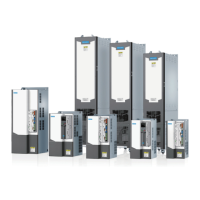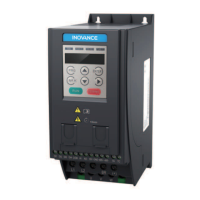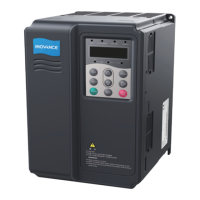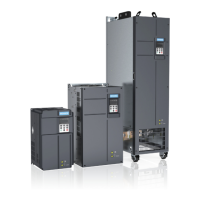Standards Compliance
‑130‑
● The tightening torque of each terminal may be different. Tighten the screws
according to the specified tightening torque using a torque screwdriver, ratchet, or
wrench.
● If an electric tool is used to tighten the terminal screws, use a low speed setting to
avoid damage to the terminal screws.
● Do not tighten the terminal screws at an angle of more than 5 degrees. Otherwise
the terminal screws may be damaged.
Control Circuit Wiring Requirements
Wire the control circuit in accordance with UL61800‑5‑1.
Cable Selection Requirements for the Main Circuit
For the selection of wire dimensions, follow the requirements of National Electrical
Code (NEC) and Part 1 of Canadian Electrical Code (CEC) and relevant local
regulations.
● Copper wires must be used.
● The recommended cable size of the main circuit is 600V Class 2 heat‑resistant
indoor PVC cable with a continuous maximum allowable temperature of 75 °C. The
following conditions are used as premises:
1. Ambient temperature: < 40°C
2. Normal operating ratings
If the recommended cables for peripheral equipment or options are not suitable for
the product, contact the agent or Inovance.
Cable Selection
For details, see "
3.1.4 Cable Selection for Main Circuit
"
on page 51Cable Selection for
Main Circuit
.
Requirements on Protective Devices
● To meet the requirements of UL standards, a fuse/circuit breaker must be
connected on the input side to prevent accidents caused by internal short circuits.
● Install adequate branch circuits for short circuit protection in accordance with
applicable regulations and the requirements in this user guide. This product is
suitable for circuits with a short circuit current lower than 100 kA, and the
maximum voltage of 480 VAC (400 V). For details about the selection of the fuse/
circuit breaker, see "
4.1.1 Fuse, Circuit Breaker, and Contactor
"
on page 94Fuse,
Circuit Breaker, and Contactor
.

